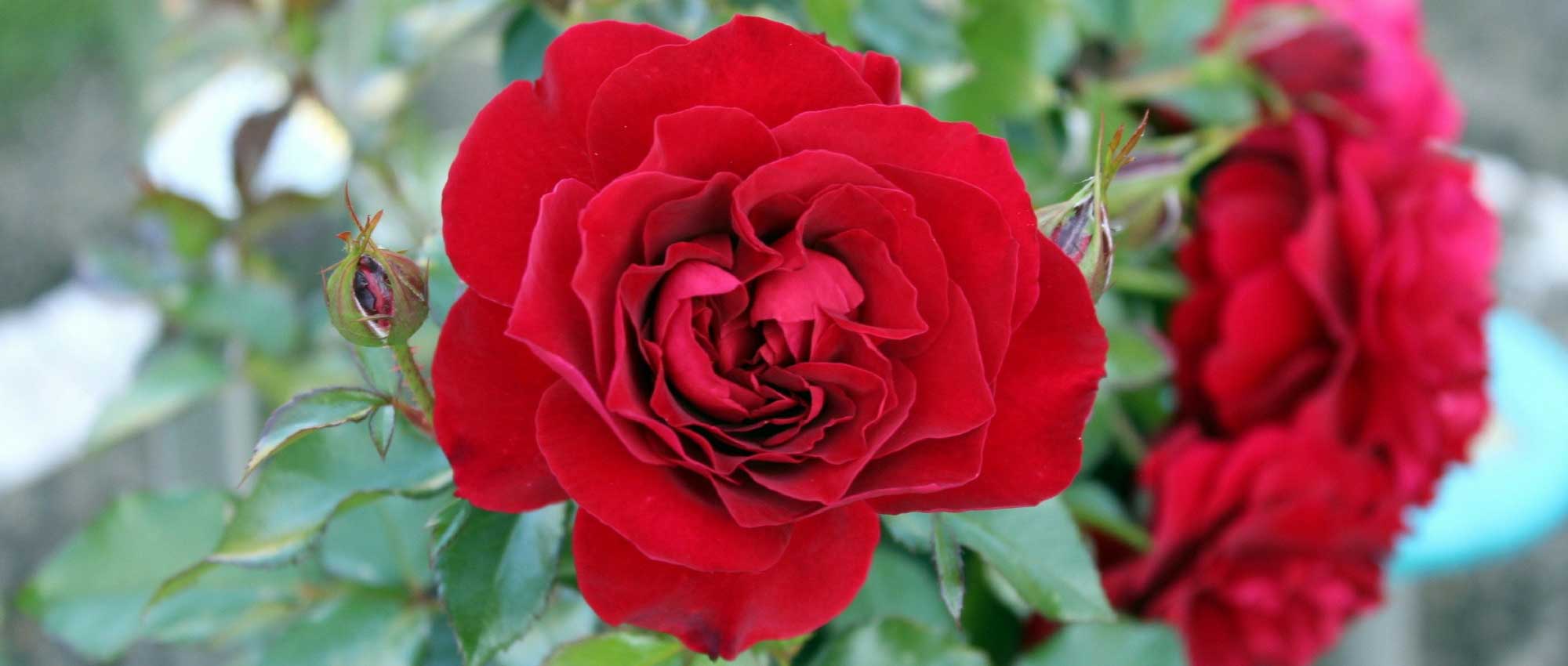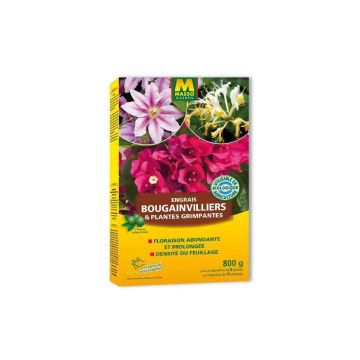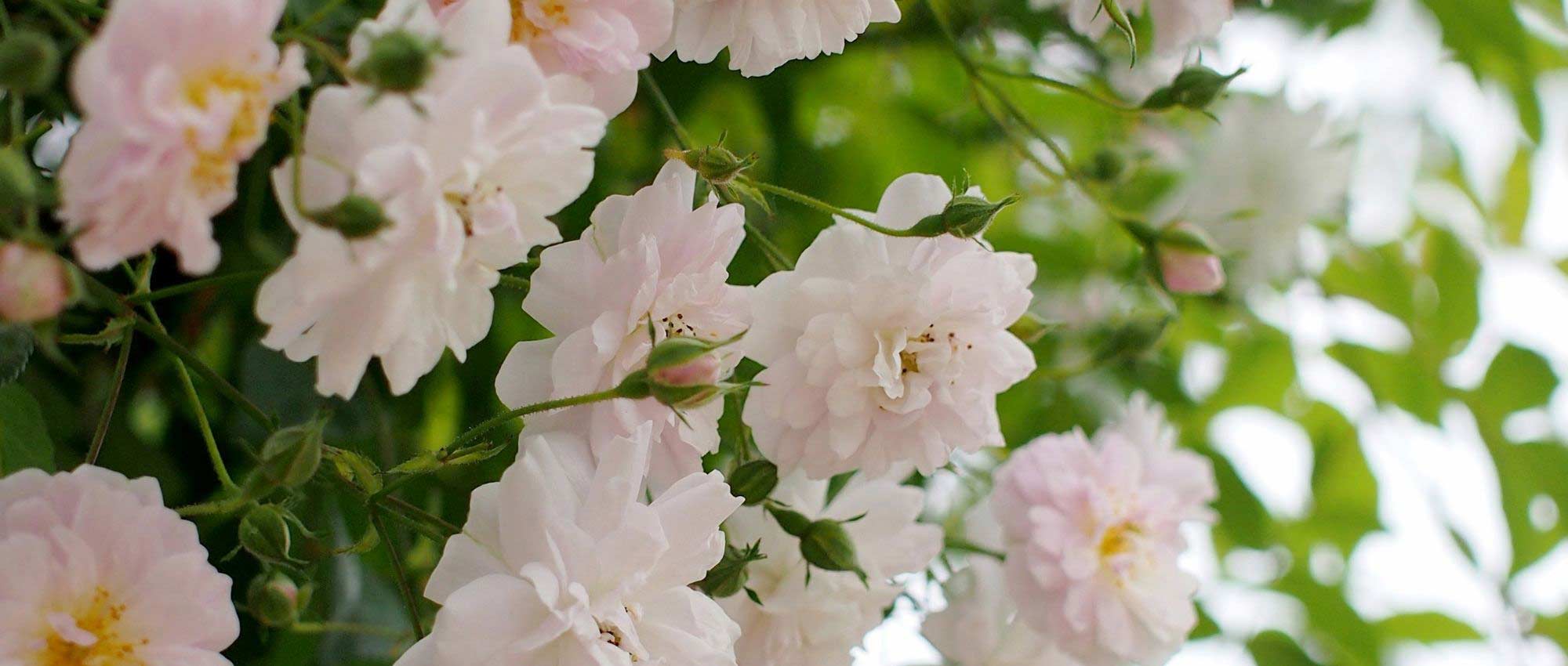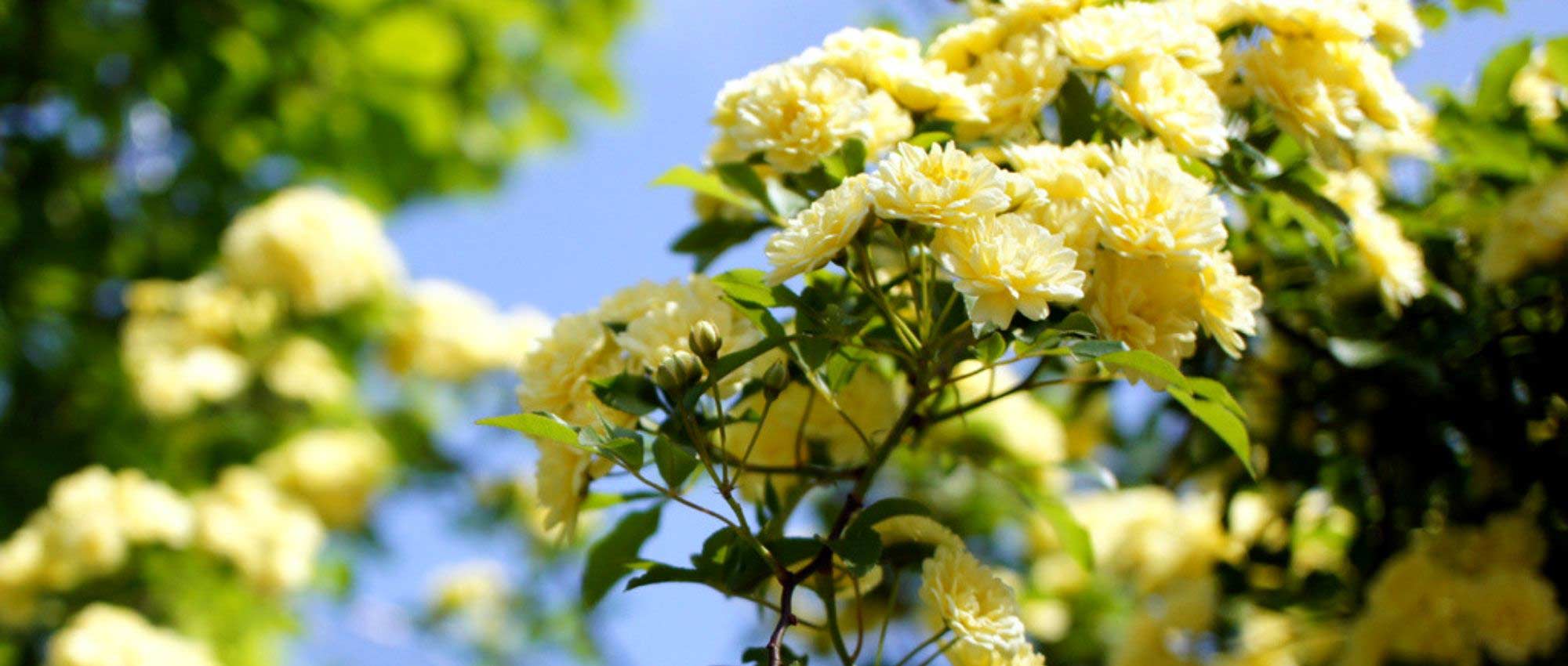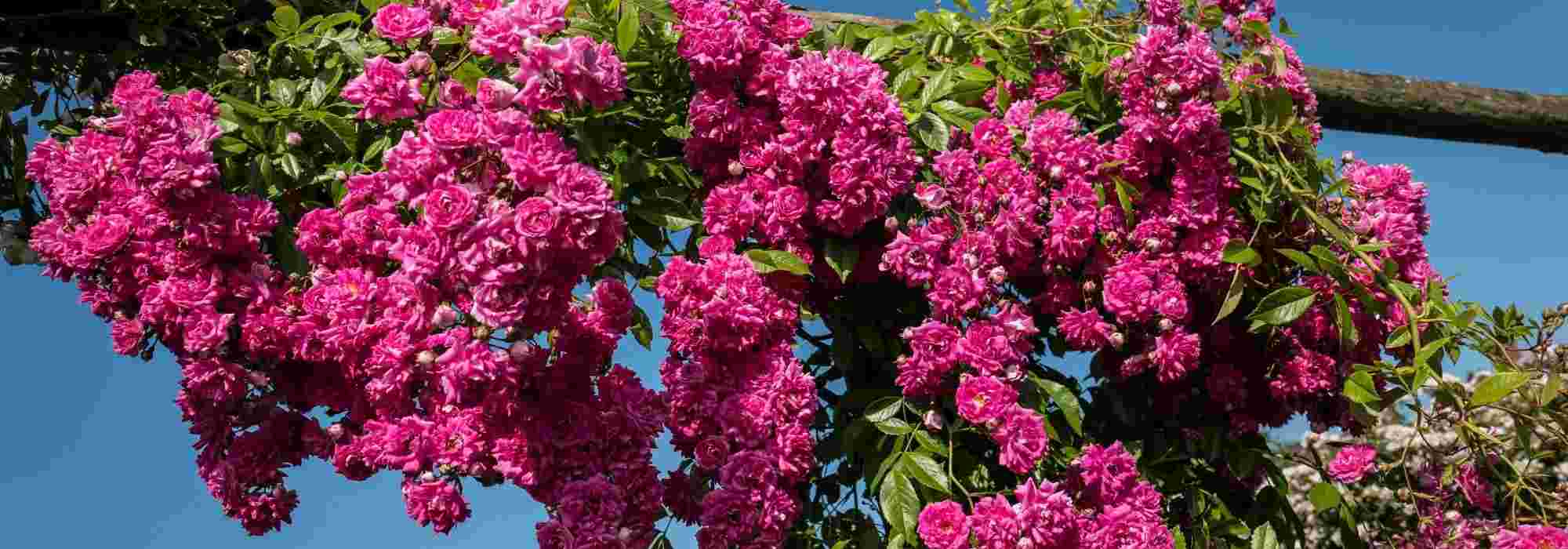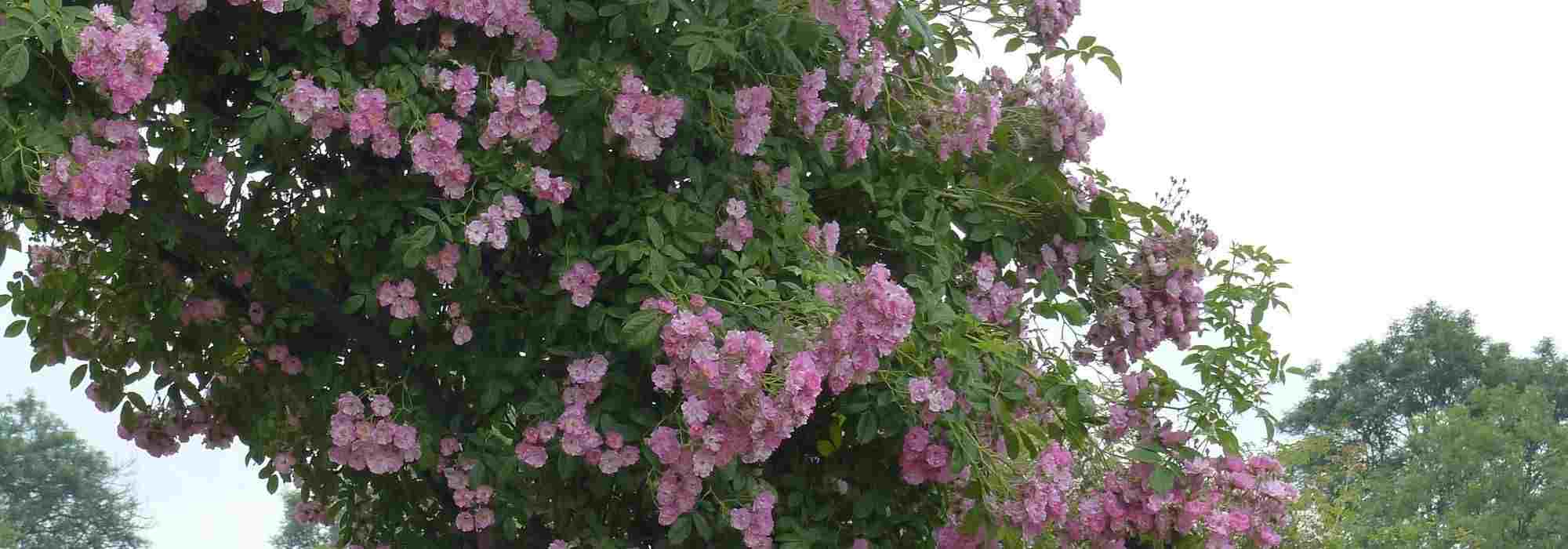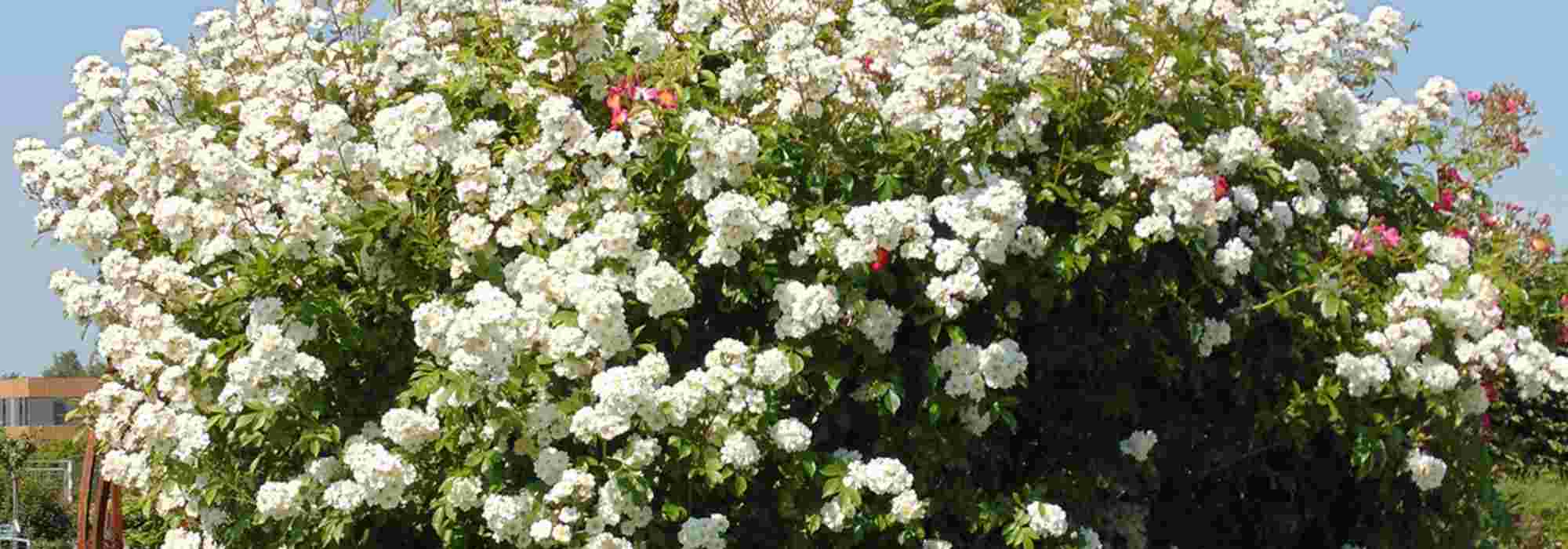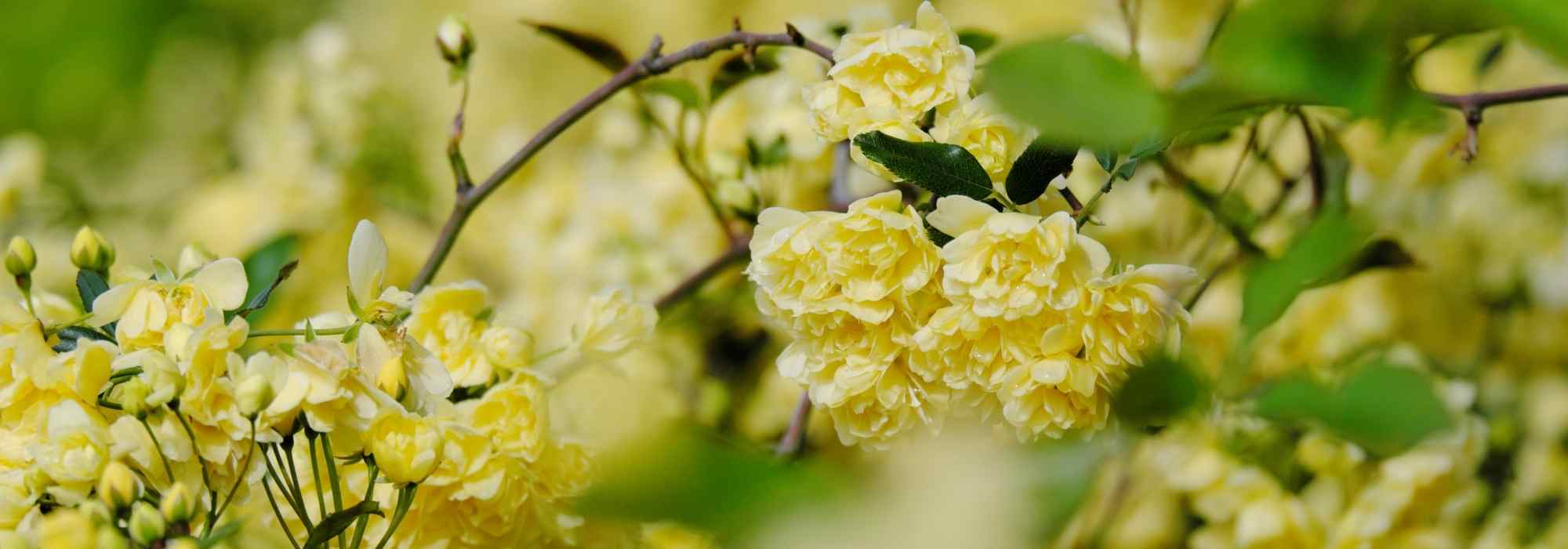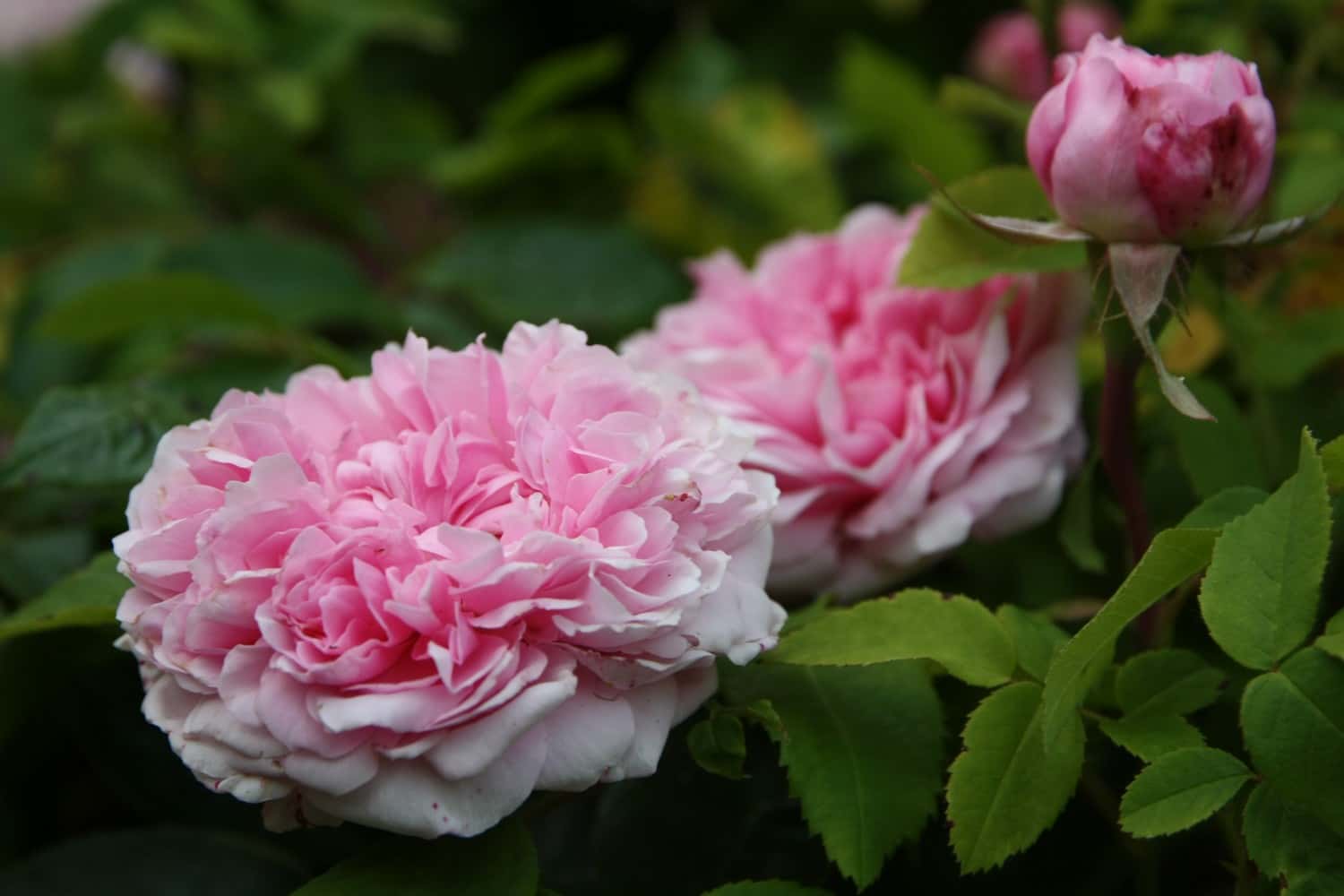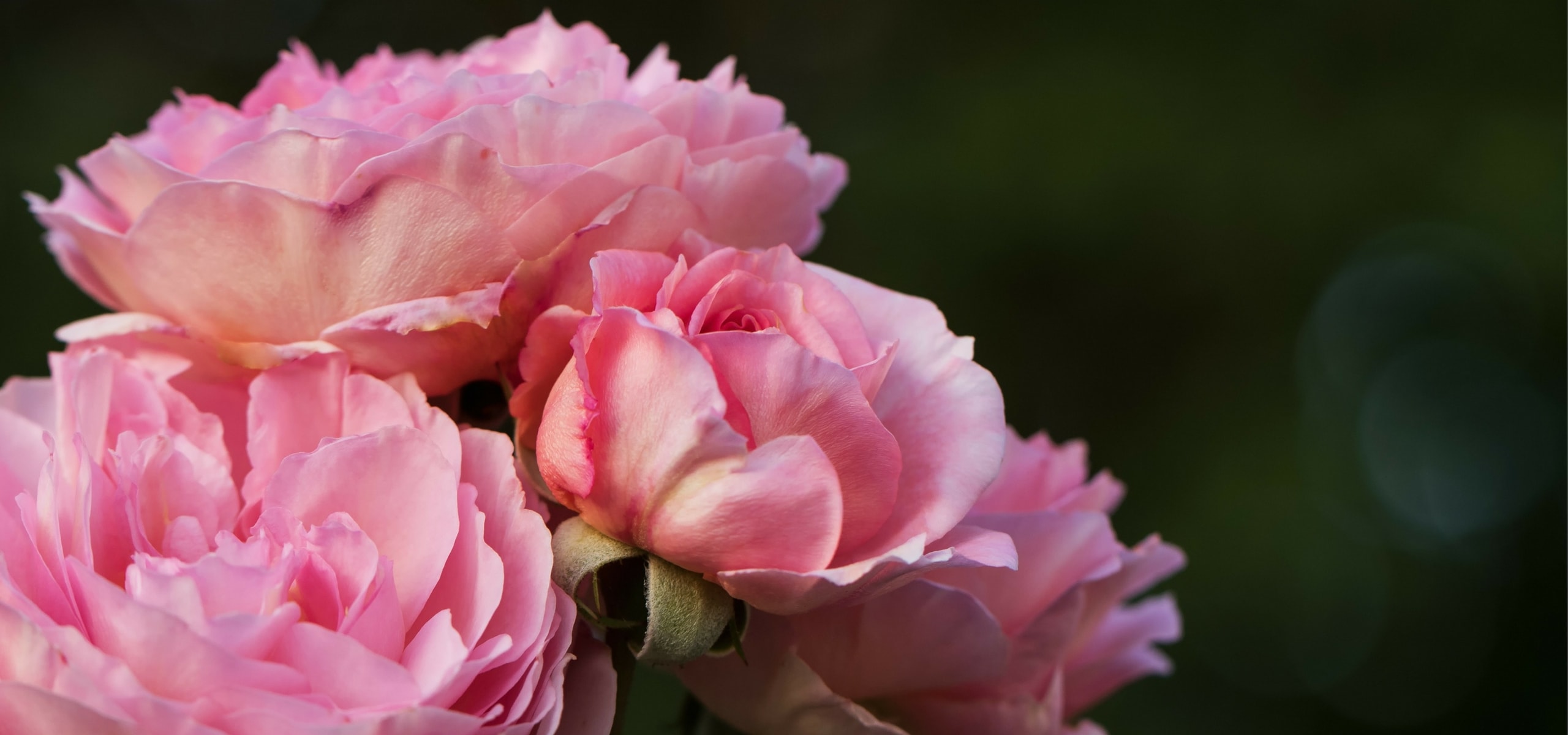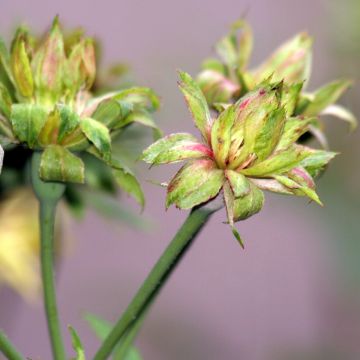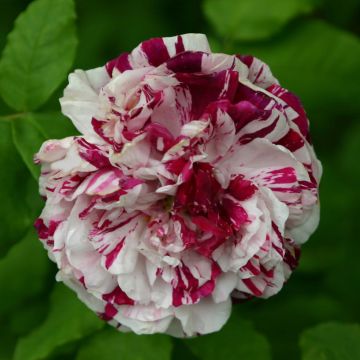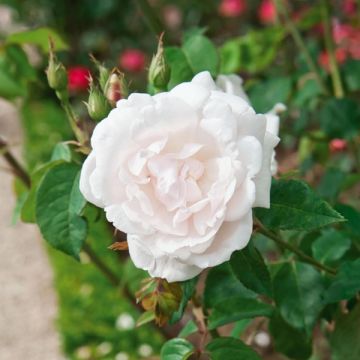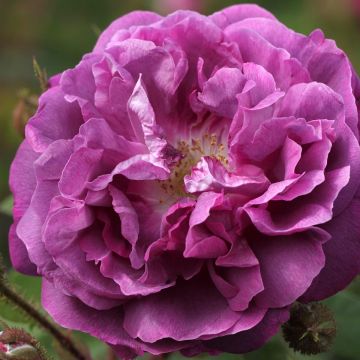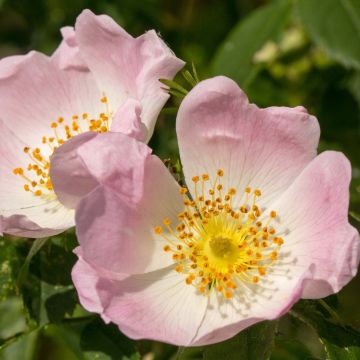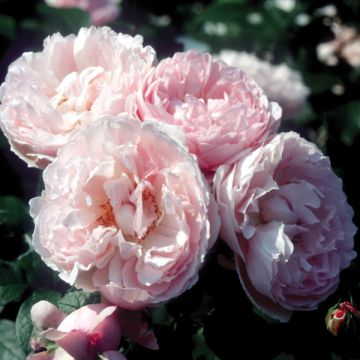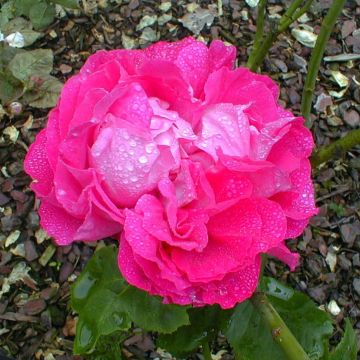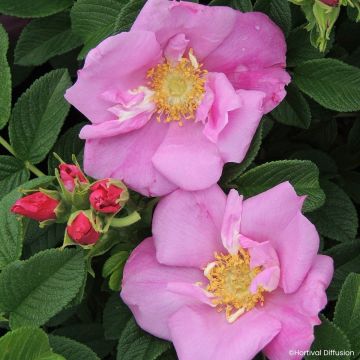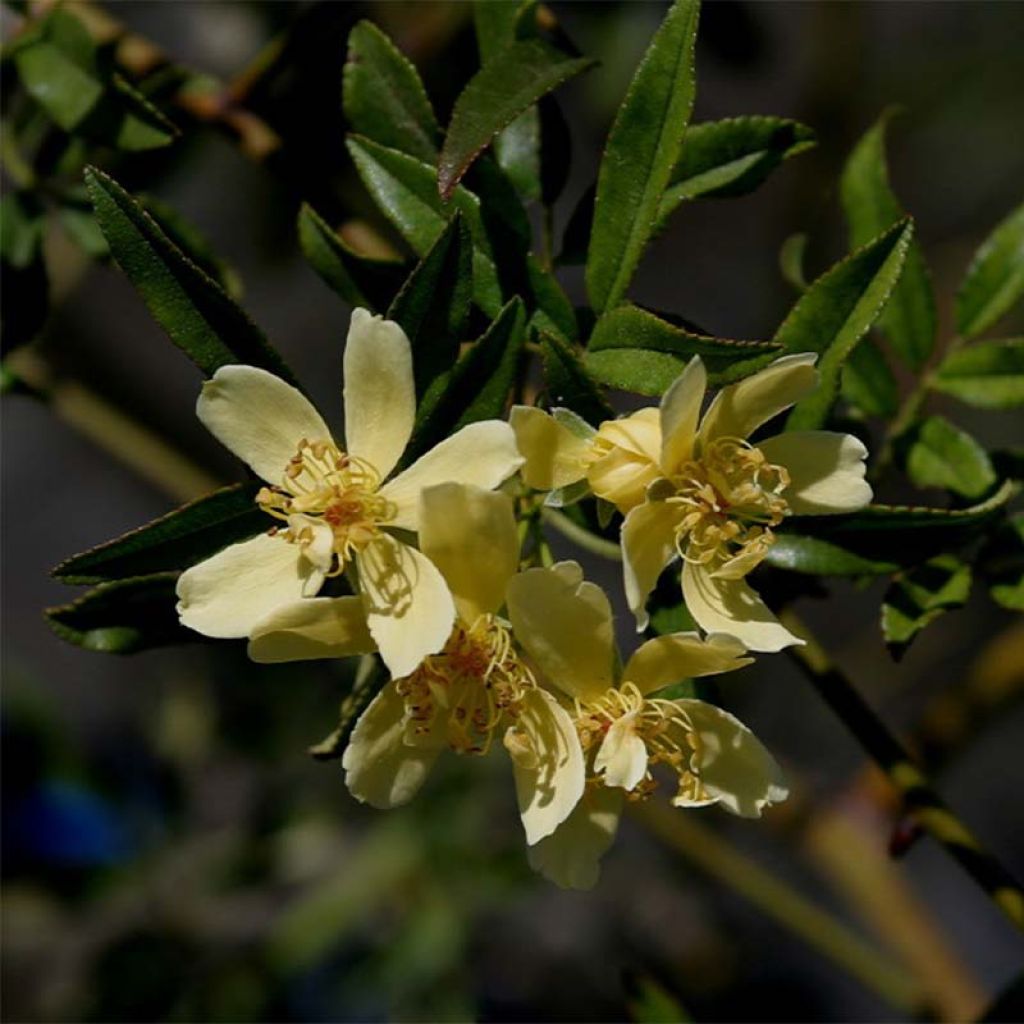

Rosa banksiae Lutescens - rambler rose
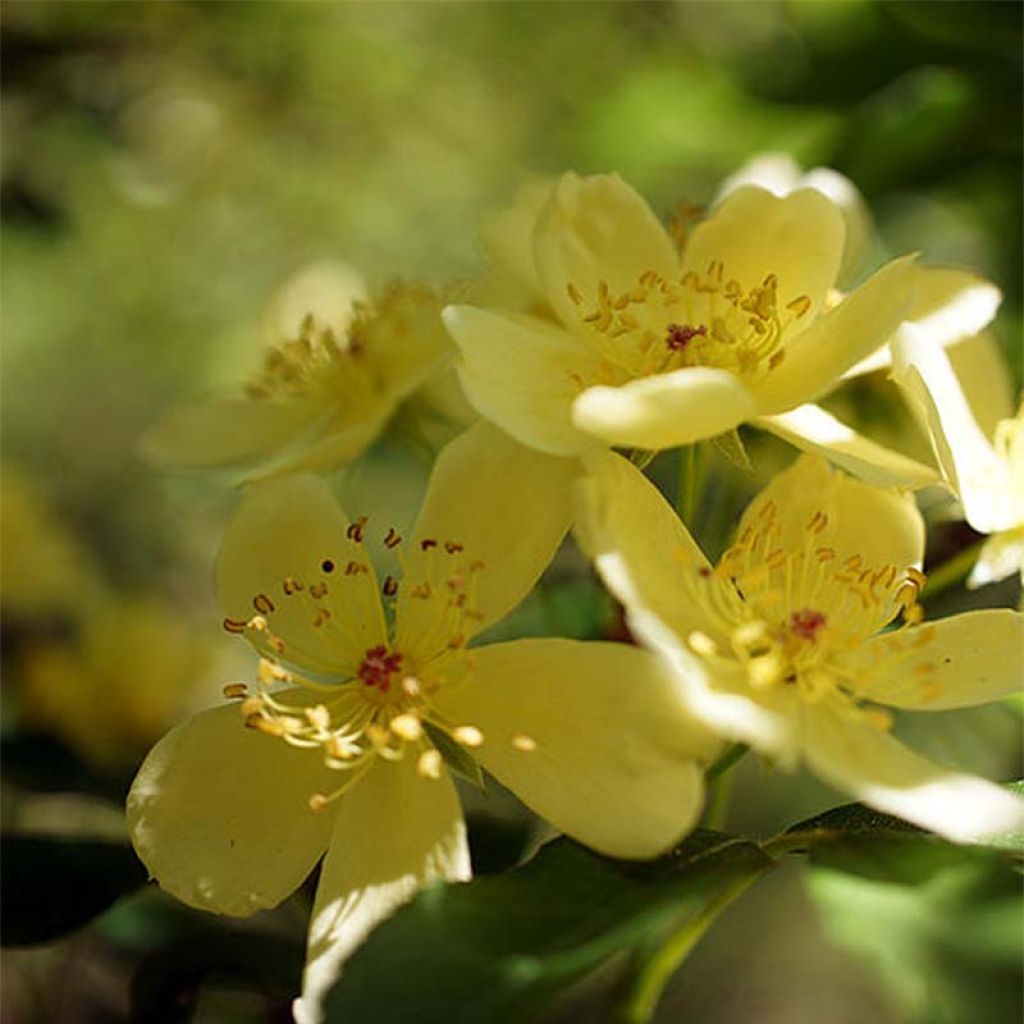

Rosa banksiae Lutescens - rambler rose
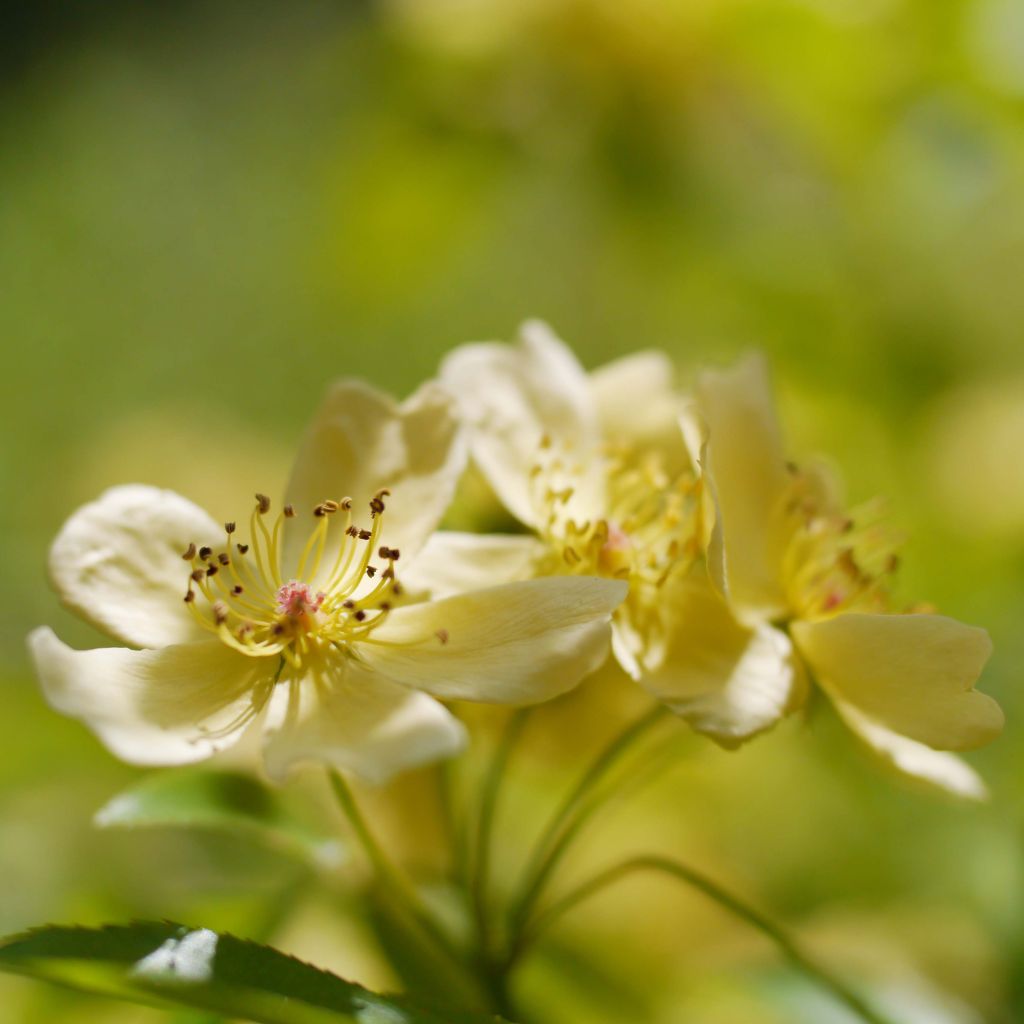

Rosa banksiae Lutescens - rambler rose
Rosa banksiae Lutescens - rambler rose
Rosa banksiae Lutescens
Banks' Rose, Lady Banks' Rose
Here we go
marie-christine V., 18/05/2017
Special offer!
Receive a €20 voucher for any order over €90 (excluding delivery costs, credit notes, and plastic-free options)!
1- Add your favorite plants to your cart.
2- Once you have reached €90, confirm your order (you can even choose the delivery date!).
3- As soon as your order is shipped, you will receive an email containing your voucher code, valid for 3 months (90 days).
Your voucher is unique and can only be used once, for any order with a minimum value of €20, excluding delivery costs.
Can be combined with other current offers, non-divisible and non-refundable.
We guarantee the quality of our plants for a full growing cycle, and will replace at our expense any plant that fails to recover under normal climatic and planting conditions.
Description
Rosa banksiae 'Lutescens' is an exceptional and vigorous rambling rose with simple and fragrant flowers, capable of covering a pergola in 4 or 5 years. This giant is completely thornless and flowers remarkably early, sometimes starting in March in mild climates. This flowering is exceptional, the plant disappears under thousands of small simple, canary yellow roses, like wild rose flowers. This rose is more resistant to cold than it seems and drought-tolerant in a sheltered and sunny location.
Rosa banksiae is a botanical species native to dry and mountainous subtropical regions in central and western China, at altitudes between 500 and 2200 metres (1640 and 7218 feet). This vigorous rambling rose therefore likes hot climates, even dry in summer. Its species name, banksiae, is dedicated to Lady Banks, wife of the famous botanist Sir Joseph Banks who brought it back from his expeditions in China, along with new chrysanthemums and many other plants still unknown in Europe. There are only two subspecies of this rose, and very few hybrids, as the plant is quite resistant to cross-breeding. Rosa bansiae 'Lutescens' is the wild form still found in China.
The growth of this woody climbing rose is impressive: an old stem can reach over 12m (39ft) in height, with the base easily occupying 6m (20ft) on the ground. Its growth is very rapid: the young, very flexible, spring-green stems develop like giant asparagus after flowering; they can grow over 3 to 4m (10 to 13ft) in one season. If left to grow freely, this rose will have a monumental fountain-like shape. The vegetation of this rose is completely thornless, which aids pruning or shaping. Flowering begins earlier or later depending on the climate, from February in a very protected zone to May-June elsewhere. It is the 1-year-old branches that produce countless bunches of 4 to 15 small flowers (2cm (1in)), single, pale yellow and fragrant. The evergreen to semi-evergreen foliage, divided into 3 narrow and short leaflets, is a bright, glossy green. It is sometimes subject to mildew when conditions are very hot and dry, but the plant is robust and will generally overcome this disease on its own. The young leaves of this rose are slightly coppery. The long flexible stems should be tied to a support, sheltered from cold winds. The smooth bark gradually transforms into rough strips revealing ochre-orange undersides, on an old plant.
This rose astonishes and fascinates people when they see it for the first time, "is it really a rose? But everyone knows roses only bloom in summer, at most in late spring". Rosa banksiae Lutescens likes to invade trees or slip between trees in a hedge, where it shows its formidable vigour. Its extraordinary vegetation elegantly dresses a fence or a wall, from January to December in a sheltered location or mild climate. In the south, it will provide shade on a large south-facing pergola. It is easy to maintain, usually grown on its own roots, and requires no watering or special care once well established. While it is undemanding and drought-tolerant, it will need the shelter of a wall in cooler regions and maximum sunlight to induce its fabulous flowering. We know of a 120-year-old specimen that still faithfully blooms (sometimes as early as February) in a garden near Montpellier. The Banks' rose can be grown with a summer-flowering clematis to provide flowers all summer.
Rosa banksiae Lutescens - rambler rose in pictures
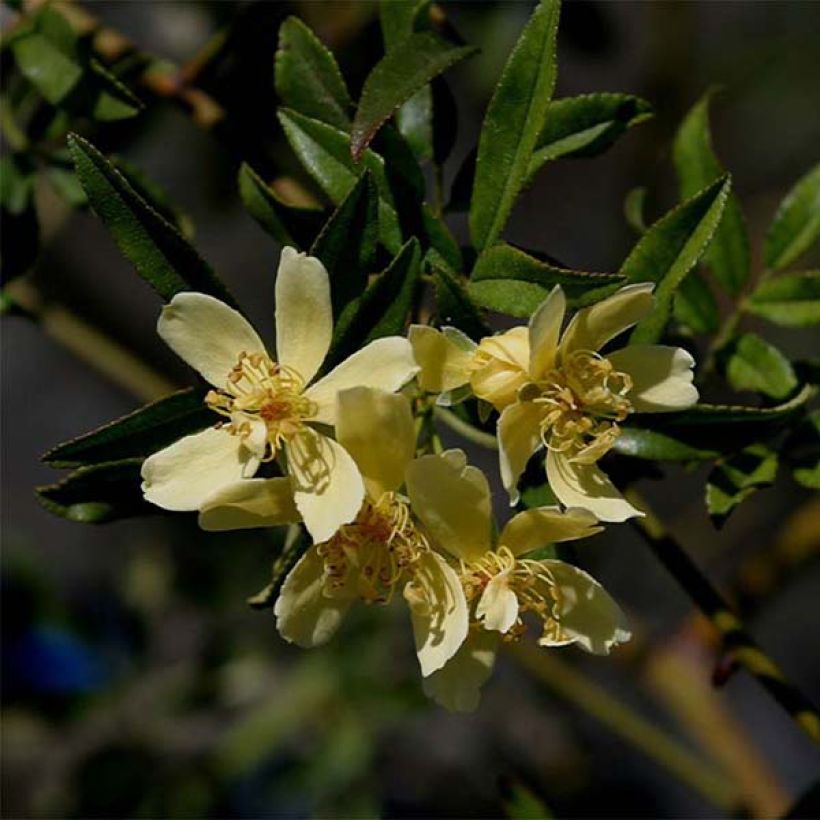

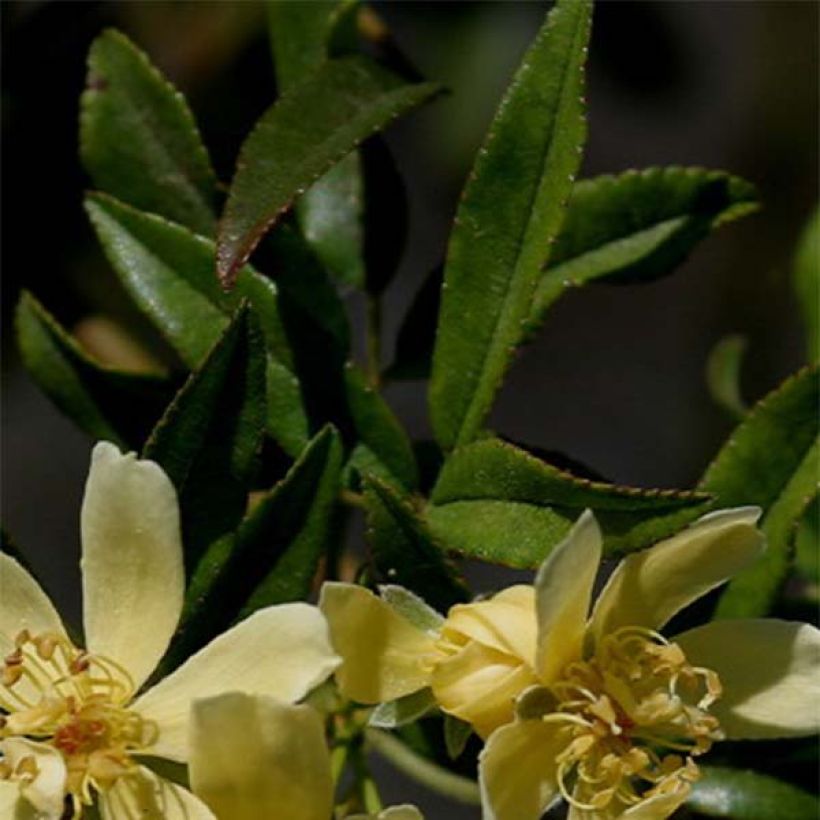

Plant habit
Flowering
Foliage
Botanical data
Rosa
banksiae
Lutescens
Rosaceae
Banks' Rose, Lady Banks' Rose
China
Planting and care
The Banksia rose thrives in mild, warm, and dry climates, but it can thrive further north when planted in a very sunny location sheltered from cold winds, such as against a south-facing wall. It is not very demanding when it comes to soil type, as long as it is deep enough to accommodate its root system, which will seek moisture deep down even during dry summers. It tolerates the presence of limestone in the soil and prefers fertile, even clayey, but well-drained soil. This rose blooms on 1 or 2-year-old branches, so if pruning is necessary to control its vigour, it should be done just after flowering. It may be beneficial to rejuvenate the plant by removing some older branches. To achieve abundant flowering in your roses, regularly bend and tie the branches that can grow up to 1m (3ft) in a week during the summer. Each bend will result in a lateral shoot that ends in a bunch of flowers. If you use this technique, you will be rewarded with lots of blooms. This rose needs plenty of sunlight for its impressive flowering. It is hardy to around -12°C (10.4°F) in well-drained soil, but an older plant will regrow from the base even in the event of more severe frost. In cooler climates, protect young plants with winter fleece for the first 2 or 3 years. The foliage is sometimes marked with white spots, a sign of mildew. This disease affects the plant in hot and dry conditions, but does not cause significant damage and usually disappears fairly quickly when conditions become more favourable. One last point: ants often like to crawl on the young stems, without any damage to the plant!
You can propagate this rose by cuttings in the summer, young shoots root most easily. Cuttings from older stems give more irregular results.
Roses are often stained or unsightly at the end of summer, but this is not a problem for their development. These spots are not harmful to the rose, it is a natural phenomenon.
Planting period
Intended location
Care
Planting & care advice
-
, onOrder confirmed
Reply from on Promesse de fleurs
Similar products
Haven't found what you were looking for?
Hardiness is the lowest winter temperature a plant can endure without suffering serious damage or even dying. However, hardiness is affected by location (a sheltered area, such as a patio), protection (winter cover) and soil type (hardiness is improved by well-drained soil).

Photo Sharing Terms & Conditions
In order to encourage gardeners to interact and share their experiences, Promesse de fleurs offers various media enabling content to be uploaded onto its Site - in particular via the ‘Photo sharing’ module.
The User agrees to refrain from:
- Posting any content that is illegal, prejudicial, insulting, racist, inciteful to hatred, revisionist, contrary to public decency, that infringes on privacy or on the privacy rights of third parties, in particular the publicity rights of persons and goods, intellectual property rights, or the right to privacy.
- Submitting content on behalf of a third party;
- Impersonate the identity of a third party and/or publish any personal information about a third party;
In general, the User undertakes to refrain from any unethical behaviour.
All Content (in particular text, comments, files, images, photos, videos, creative works, etc.), which may be subject to property or intellectual property rights, image or other private rights, shall remain the property of the User, subject to the limited rights granted by the terms of the licence granted by Promesse de fleurs as stated below. Users are at liberty to publish or not to publish such Content on the Site, notably via the ‘Photo Sharing’ facility, and accept that this Content shall be made public and freely accessible, notably on the Internet.
Users further acknowledge, undertake to have ,and guarantee that they hold all necessary rights and permissions to publish such material on the Site, in particular with regard to the legislation in force pertaining to any privacy, property, intellectual property, image, or contractual rights, or rights of any other nature. By publishing such Content on the Site, Users acknowledge accepting full liability as publishers of the Content within the meaning of the law, and grant Promesse de fleurs, free of charge, an inclusive, worldwide licence for the said Content for the entire duration of its publication, including all reproduction, representation, up/downloading, displaying, performing, transmission, and storage rights.
Users also grant permission for their name to be linked to the Content and accept that this link may not always be made available.
By engaging in posting material, Users consent to their Content becoming automatically accessible on the Internet, in particular on other sites and/or blogs and/or web pages of the Promesse de fleurs site, including in particular social pages and the Promesse de fleurs catalogue.
Users may secure the removal of entrusted content free of charge by issuing a simple request via our contact form.
The flowering period indicated on our website applies to countries and regions located in USDA zone 8 (France, the United Kingdom, Ireland, the Netherlands, etc.)
It will vary according to where you live:
- In zones 9 to 10 (Italy, Spain, Greece, etc.), flowering will occur about 2 to 4 weeks earlier.
- In zones 6 to 7 (Germany, Poland, Slovenia, and lower mountainous regions), flowering will be delayed by 2 to 3 weeks.
- In zone 5 (Central Europe, Scandinavia), blooming will be delayed by 3 to 5 weeks.
In temperate climates, pruning of spring-flowering shrubs (forsythia, spireas, etc.) should be done just after flowering.
Pruning of summer-flowering shrubs (Indian Lilac, Perovskia, etc.) can be done in winter or spring.
In cold regions as well as with frost-sensitive plants, avoid pruning too early when severe frosts may still occur.
The planting period indicated on our website applies to countries and regions located in USDA zone 8 (France, United Kingdom, Ireland, Netherlands).
It will vary according to where you live:
- In Mediterranean zones (Marseille, Madrid, Milan, etc.), autumn and winter are the best planting periods.
- In continental zones (Strasbourg, Munich, Vienna, etc.), delay planting by 2 to 3 weeks in spring and bring it forward by 2 to 4 weeks in autumn.
- In mountainous regions (the Alps, Pyrenees, Carpathians, etc.), it is best to plant in late spring (May-June) or late summer (August-September).
The harvesting period indicated on our website applies to countries and regions in USDA zone 8 (France, England, Ireland, the Netherlands).
In colder areas (Scandinavia, Poland, Austria...) fruit and vegetable harvests are likely to be delayed by 3-4 weeks.
In warmer areas (Italy, Spain, Greece, etc.), harvesting will probably take place earlier, depending on weather conditions.
The sowing periods indicated on our website apply to countries and regions within USDA Zone 8 (France, UK, Ireland, Netherlands).
In colder areas (Scandinavia, Poland, Austria...), delay any outdoor sowing by 3-4 weeks, or sow under glass.
In warmer climes (Italy, Spain, Greece, etc.), bring outdoor sowing forward by a few weeks.






























